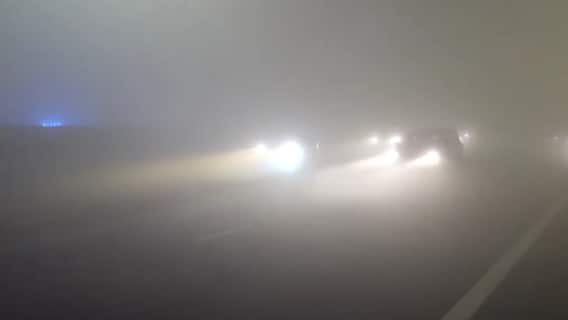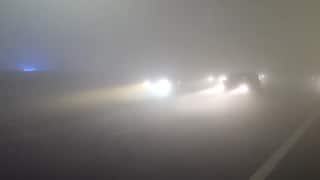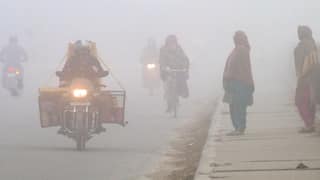Explorer
Advertisement
Deer in Thar Desert fall prey to domestic dogs
In Rajasthan's Thar desert, nearly 75 per cent of chinkaras (Indian gazelle) fall prey to domestic dogs, according to G.S. Bhardwaj, Chief Conservator of Forests and Field Director of the Sariska Tiger Reserve.

A rare deer known as 'chinkara' grazes. Photo: AFP
JAIPUR: In Rajasthan's Thar desert, nearly 75 per cent of chinkaras (Indian gazelle) fall prey to domestic dogs, according to G.S. Bhardwaj, Chief Conservator of Forests and Field Director of the Sariska Tiger Reserve. "Most of the mortalities happen in rural areas due to domestic dogs causing direct predation, fear-mediated behavioural changes, direct food competition, hybridisation and disease transmission," the forest officer, also hailed as a "wildlife scientist" owing to his field-oriented work on wildlife ranging from tigers to the most critically endangered bird, Great Indian Bustard, told IANS.
He maintained that domestic dogs have contributed to 11 vertebrate extinctions and are a known or potential threat to 188 threatened species worldwide.
Injuries to or deaths of gazelles are more during the monsoon (June-August) season in the desert. This is probably because of accumulation of rainwater in agricultural fields and ploughed land. These two factors make it difficult for the small antelopes to run from the clutches of dogs.
Road accidents account for 8.39 per cent of the injuries to gazelles.
However, free-ranging dogs remained the dominant factor and the question is how to curb their increasing menace, Bhardwaj said.
"A sustained sterilisation programme at settlement level and constant removal of dogs from wildlife-rich areas can resolve the growing crisis of free-ranging dogs in this landscape. This step can help in bridging the gap between conservation agencies and local communities who want dogs in their settlements to be relocated," he added.
The officer was all praise for the Bishnoi community, living mostly in the desert, for their conservation-centric ways. Noting that the community holds the most outstanding position for preserving wildlife, he added they catch poachers and also recover a major number of injured wild animals and carry them to Jodhpur, where the Forest Department runs a Wildlife Rescue Centre.
"However, most of these injured animals breathe their last on the way to hospital and, therefore, there should be wildlife rescue wards and mobile rescue platforms in different district hospitals. This will definitely help in bringing down the mortality rate," he explained.
Recently, 17 rescue-wards have been introduced at different places to minimise the mortality of animals in the transportation process. A veterinary doctor heads each unit. However, surgeries and advanced care facilities are available only at the Jodhpur centre.
"There is an urgent need to bring in more such wards," Bhardwaj said.
On the positive side, a well-defined system in the Forest Department helps in assessing the number of injuries and deaths of different animals. The department is informed of animal injuries/deaths through a network of frontline staff and local communities.
Bhardwaj has analysed seven years of data -- 2009-16 -- of the Jodhpur rescue centre. His work included assessing the extent of injury/death suffered by various species, understanding the factors responsible, assessing the success rate of rescue operations and finally recommending strategies for reducing the detrimental effects of human-animal interface on wildlife and improving the effectiveness of rescue operations.
He said that, in the period he studied, 6,304 cases of wild animals belonging to 51 species were reported injured/dead and treated at the Jodhpur centre. Among them, the maximum (3,624) were the chinkaras, followed by blackbucks (645), bluebulls (607), langur (86), Indian hares (62), black kites (56), owls (47) and cranes (39).
Follow Breaking News on ABP Live for more latest stories and trending topics. Watch breaking news and top headlines online on ABP News LIVE TV
View More
Advertisement
Trending News
Advertisement
Advertisement
Top Headlines
World
Cities
Cricket
India
Advertisement


Nayanima Basu
Opinion






































